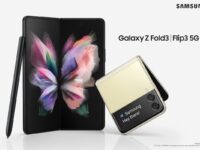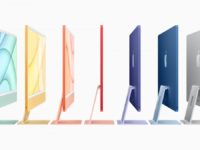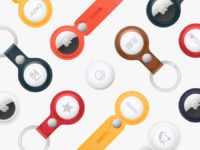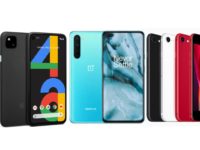The court-room trial between Apple and Samsung continued to the third day on Friday. We bring you the details of what happened on the day 3 of Apple v/s Samsung trial in San Jose, California.
The proceedings began with Judge Koh reprimanding Samsung for sending a person into the courtroom to take pictures, which the company denied. She also told both the legal teams that the objections will have to be made in person, which would count to 25 hours of trial time against each side. The above step was taken by Koh, as the objection from both the teams had been ludicrous, amounting to a lot of paperwork for her. Judge Koh also denied Apple’s plea for a sanction against Samsung for release of evidence to media. She also polled the jurors to make sure they didn’t see or heard anything about the trial outside the courtroom, though one of the jurors admitted to seeing headlines, but affirmed that they would be able to be unbiased with both Apple and Samsung.
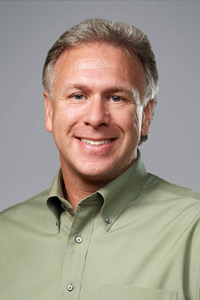
The trial began with Phil Schiller, Apple’s Senior Vice President of Worldwide Marketing, taking the witness stand to testify. He walked the courtroom through various stages of iPhone, in particular the need to create the iPhone, its success and the company’s advertising and marketing strategy for the product.
Schiller said that the primary need for creating iPhone, was to put entertainment content on the mobile phone and the idea for the device came about when the company was working on a iPad. However, tech industry pundits had doubts regarding iPhone’s success, which is why the company didn’t came up with one much earlier than the launch of the first iPhone. He added that Apple’s success with iPhone was insane, as the sales of each new generation, was approximately equal to all previous generations combined.
Speaking of advertising and marketing strategy, Phil said the company adopted a strategy of advertising the products as if they were the most important things the company makes, describing the strategy as “product as hero.” Figures that were presented as evidence, during his testimony, showed Apple had spend $647 million and $457.2 million on advertising for the iPhone and iPad respectively since their launch.
When cross examined by Samsung’s attorney, on whether the two phones, iPhone and the accused Samsung phone could confuse the customer, Schiller stated that some customers could be confused, while reiterating that he felt Samsung had “ripped off” Apple products, including iPad. One of Samsung’s council, Charles Verhoeven made a series of goof-ups while the cross examining.
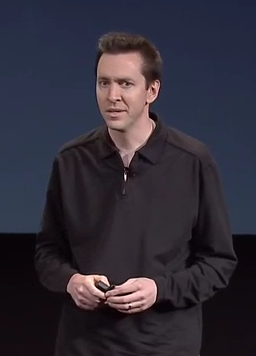
Next in line to climb the witness stand to testify was Scott Forstall, Apple’s Senior Vice President of iOS. Forstall took the jury right into the creation of the iPhone itself, from the original proof-of-concept in 2004, to the assembly of the software development team. He said that Steve Jobs had asked him to hire designers and engineers, from within the company for secrecy purposes.
During Samsung’s cross-examination Forstall was introduced to several emails, one of them being between Tony Fadell, Steve Jobs, Jony Ive, Jon Rubinstein and Forstall which describes impression of Samsung’s SGH-E910. In reply to that email, Steve Jobs wrote to Jony Ive that, “This may be our answer – we could put the number pad around our clickwheel,” referring to the design element on Samsung’s device.
Another internal email sent by Eddy Cue, Senior Vice President of Apple, which was in response to a journalist’s article, spoke about a desire to produce a smaller 7-inch iPad, an idea Steve Jobs was willing to work on.
The last person to testify on day 3 was Justin Denison, chief strategy officer of Samsung Telecommunications America. Denison said Samsung wanted to beat Apple by the end of 2011 though his company didn’t copy their competitor to do so. He spoke about several succinct reasons that made Apple’s design choices appear as practical necessity rather than aesthetic innovation.

